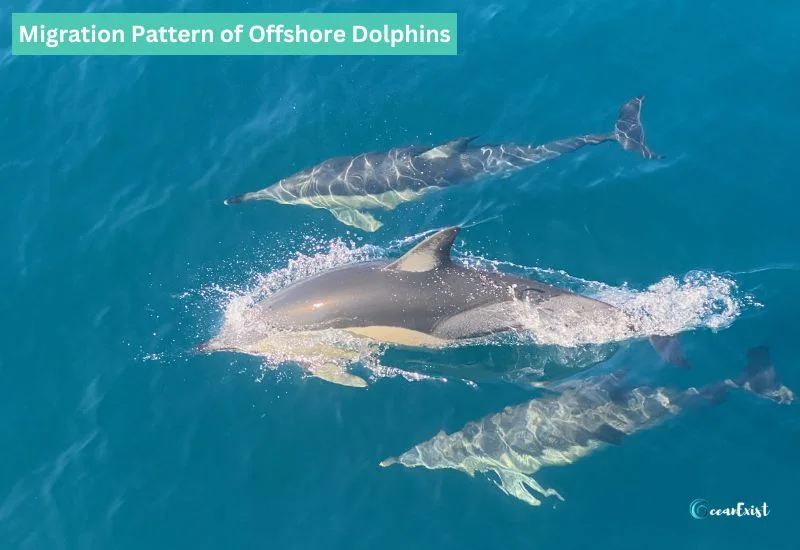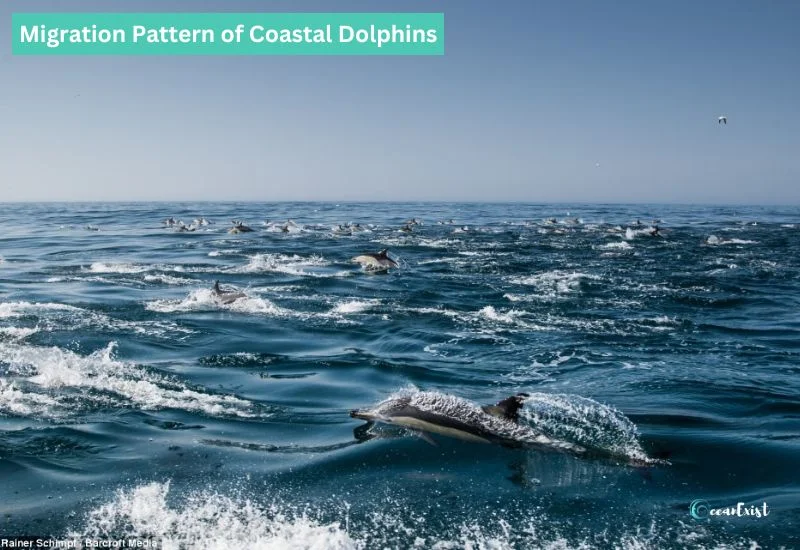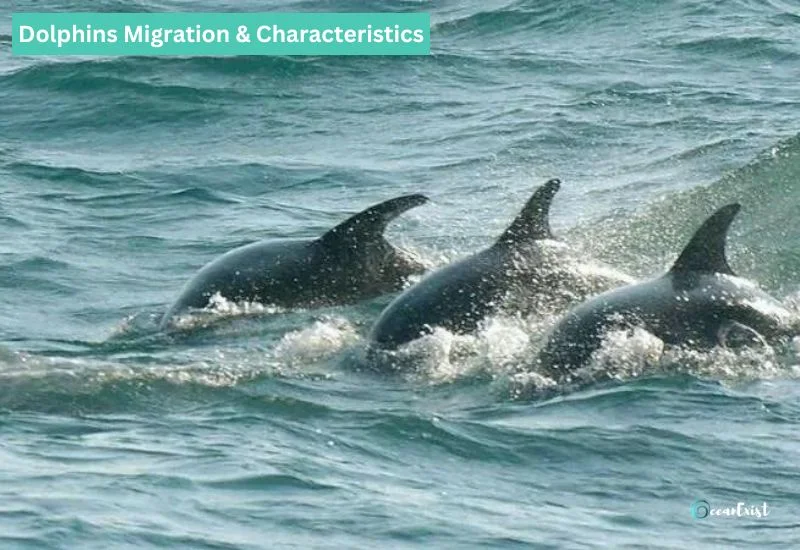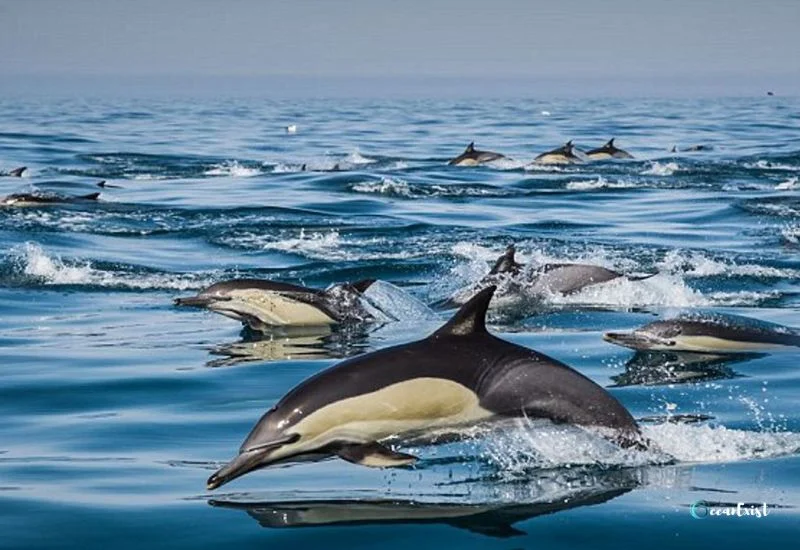There are many species of dolphins that have varied diets, behaviors, habitats, and migration patterns. The most important and intriguing behavior is dolphin migration.
While many dolphins inhabit tropical waters, several species are also found in temperate and polar regions. When faced with climate change or food shortages, dolphins often migrate to find better conditions.
In this article, you will learn about the historical migration routes and preferences of dolphins based on their native territories. Dolphins’ habitats and their migration patterns are comprehensively explained.
Offshore Dolphin Migration Pattern

Offshore Dolphins are genetically very different from coastal dolphins.
Almost all offshore dolphins are migratory. Their habitat is the waters of Southern California, Florida, and the Gulf of Mexico. These northern mammals exhibit a migration towards the Southern areas.
Dolphins from southern regions migrate to the waters of Northern California in search of prey. Their migration completely depends on the moving of prey. When their prey migrates due to environmental changes or other factors, these dolphins also migrate to follow their food source.
Southern dolphins migrate to cope with climate change. They move to tropical areas to resist the cold. The Northern migrating dolphin’s route is usually from North California to Southern North California.
Coastal Dolphin Migration Pattern

Coastal dolphins are mammals that live within 5 miles of ocean shores. They are smaller and weigh less than offshore dolphins. Their size is usually up to ten feet long, and their weight is no greater than six hundred pounds.
We observe less migration of these coastal dolphins. Some may travel to warmer areas only in search of food.
Migration in Tampa Bay
Non-migratory dolphins Tampa Bay travel at an average speed and cover up to 24 km of distance per day. Migratory dolphins travel at a fast speed, with some covering a 32 km distance per day and some covering up to 50 km distance per day.
Their speed depends on the movement of prey food such as brine shrimps, squids, blood worms, and other small fish.
The environment becomes even warmer whenever the weather changes drastically in Tampa Bay. All creatures, including Bottlenose dolphins, must move to cold waters following their prey due to severe global warming.
However, this warmth affects the routes of Bottlenose dolphins and blurs their vision; they are unable to accurately follow their prey.
Dolphins Characteristics and Migration Affect

Dolphins’ characteristics and shapes are dependent on their Pod’s lifestyle and diet. If a dolphin is slim, exhibits certain behaviors, and eats a certain diet in summer, there will be no changes in these aspects due to their migration. They will not change their diets and physiques in changing seasons.
However, dolphins develop a protective bubble around their bodies to protect themselves from the icing cold temperature in winter. They intake a lot of calories, which increases the fat level in their bodies and helps them fight against the massive temperature drop.
Diverse Migration in Dolphin Species
Dolphins exhibit different migration patterns in their various species, which are explained below.
1. Bottlenose Dolphins
Bottlenose dolphins usually live around the ocean coasts. We often observe their migration from cooler areas to warmer waters.
2. Orcas
Orcas are deep-water dolphins and are mostly known as Killer Whales. They migrate massively to follow their prey. There are distinctive diets and breeding patterns in different orca species.
3. Common Dolphins
Common Dolphins are massive travelers and migrate in the form of large groups consisting of many common dolphins, such as high-beaked dolphins. They migrate to search for food and breed in warmer areas.
Conclusion
In conclusion, dolphins migrate due to climate changes and shortage of food (Prey) in their areas and for breeding purposes. Offshore and Coastal Dolphins exhibit different migration patterns due to varied characteristics such as diet and habitat in both species.
